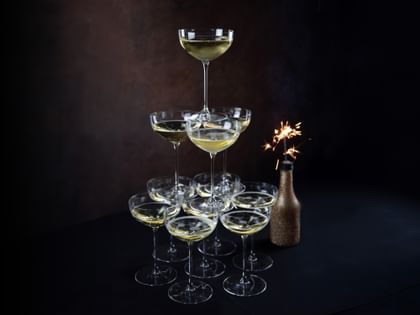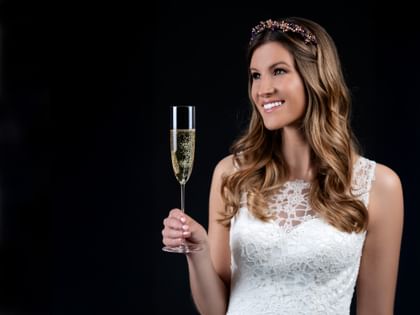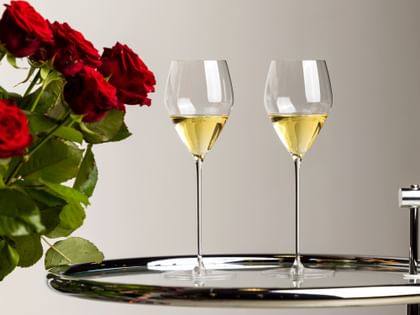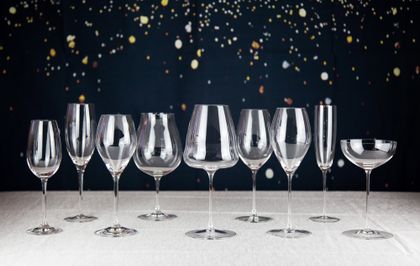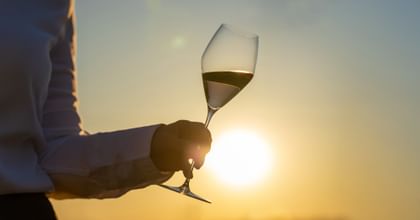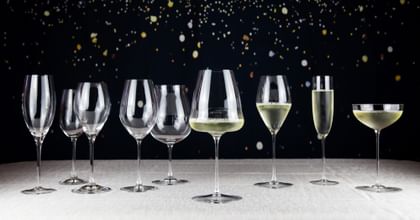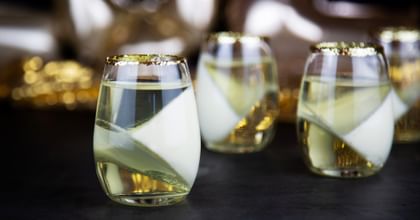Sommeliers Words of Wisdom
The Evolution of the Champagne Glass

Champagne is a symbol of celebration, and its glassware is just as iconic. But how did the classic shapes evolve—and do they truly enhance the experience? From the wide coupe to the slender flute and the modern wine glass, each design tells a story. In this blog, we explore the fascinating history and science behind champagne glasses. Plus, we help you choose the best shape for every sparkling sip.
A Brief History of Champagne Glasses
The evolution of champagne glasses tells a story as rich and effervescent as the wine itself—one of style, science, and changing attitudes toward taste and celebration.
Sparkling Wine and Prosecco: Same Glass?
Not quite. While all are bubbly, the style and character of Champagne, Prosecco, and other sparkling wines differ—so should the glass.
Prosecco is fruit-forward and aromatic, and benefits from a slightly egg-shaped glass to enhance its floral bouquet.
Cava and other traditional method sparkling wines can be treated like Champagne and served in a wine glass to showcase their complexity.
So, are Champagne and Prosecco glasses the same? No—but some forms, especially the modern champagne wine glass, can suit both styles depending on your preference.
Why the Champagne Glass Shape Matters
- Aroma Delivery: A wider bowl and narrower rim help concentrate delicate aromas.
- Bubble Preservation: Taller, narrow glasses help preserve the fine mousse of traditional method sparkling wines.
- Mouthfeel and Flavor: The glass’s rim and body influence how the wine hits your palate and where it spreads—impacting your entire tasting experience.
The right glass turns a good pour into a memorable one.
Discover RIEDEL’s Champagne Glass Collection
RIEDEL Veritas Champagne Wine Glass: Designed for full aromatic expression and depth, this is the choice of professionals and enthusiasts alike.
RIEDEL Fatto a Mano Champagne Wine Glass: Where art meets function. This finished-by-hand piece adds color and craftsmanship to the sensory experience.
RIEDEL Performance Champagne Glass: With its optic design and larger surface area, this glass enhances aroma and structure for premium sparkling wines.
RIEDEL Vinum Champagne Flute: A classic flute that blends elegance with bubble retention—perfect for toasts and everyday sparkle.
RIEDEL Veritas Coupe/Cocktail: A glamorous throwback with modern performance, this versatile glass is ideal for sparkling wine cocktails and festive pours.
Elevate Every Sparkle
From royal banquets to modern brunches, champagne glasses have evolved to meet the moment. Whether you prefer the glamour of a coupe, the precision of a flute, or the depth of a wine glass, RIEDEL offers a design to match your sparkling wine—and your celebration style.
When the pour is special, your glass should be too.
Locations
